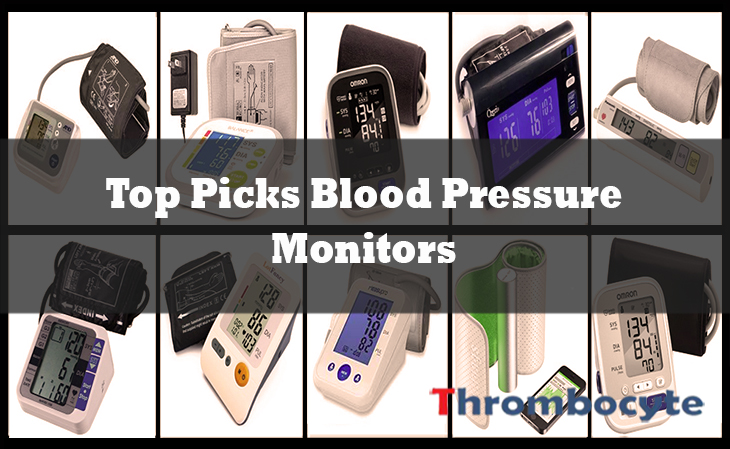Gluten in food has become a huge topic over recent years. Gluten allergies have more awareness than ever and more and more gluten-free foods are appearing in restaurants, stores, and bakeries. This is wonderful news for anyone who cannot process gluten as healthy people can. For instance, celiac disease is a disease where the body will trigger an immune response when there is gluten in the body, which will prevent your body from absorbing nutrients from food over time. This means that if you have celiac disease, you will want to stay as far away from gluten as possible. Thankfully, there are many ways to alter your diet to adhere to this.
Food & Nutrition Diet (Meal Plan) for Celiac Disease
#1 Recommended Breakfast Diet for Celiac Disease
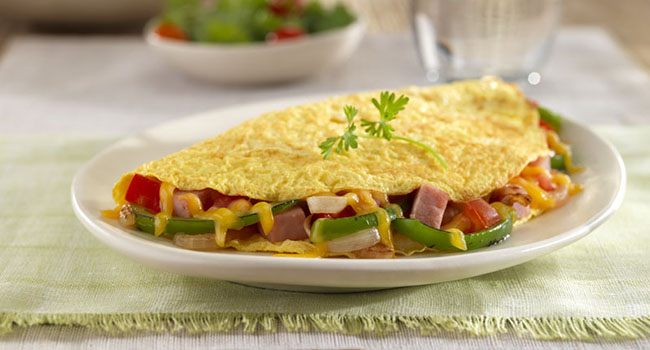
There are several breakfast foods that can be gluten-free naturally. For example, eggs are one of the most common types of breakfast foods and they are almost always gluten-free. This means that you can cook your eggs any way you wish and serve them up for a natural, healthy breakfast that will not trigger your celiac disease. If you aren’t a fan of eating eggs every day, you can consider adding fruits to your diet. Most low-fat dairy products will not have gluten in them, meaning that you can probably find some yogurt that suits your tastes. You just need to pay extra attention to whether or not the yogurt is completely gluten-free or not.
#2 Recommended Lunch Diet for Celiac Disease
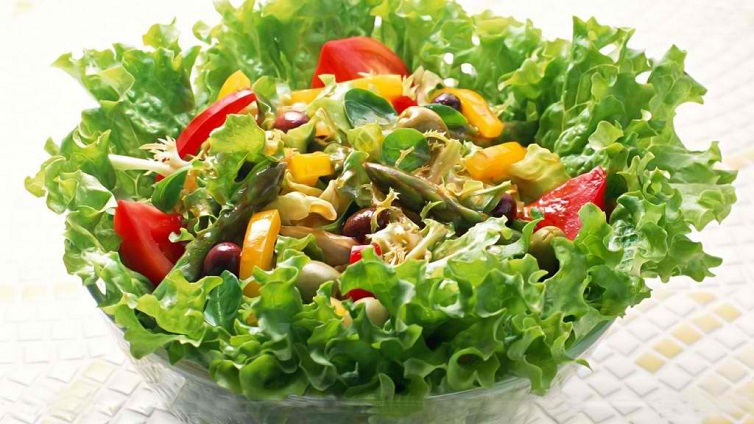
Lunch is where it can become difficult to find a good gluten-free meal. Many people eat sandwiches for lunch and most breads are made from wheat, which is something that you will want to avoid at all costs. However, if you can find gluten-free bread, then by all means, you can eat a tasty sandwich. If you are not in the mood to go searching for hours for gluten-free bread that tastes decent, you can also consider eating a salad for lunch. Salads are a healthy, gluten-free way to get your meal without having to worry about triggering celiac disease.
#3 Recommended Dinner Diet for Celiac Disease

Dinners for celiac disease are pretty easy to come by. Lean and non-processed meats such as fish and poultry are usually going to be gluten-free. This will usually take up the bulk of your dinner, leaving the sides for your choosing. Rice is a common side that is usually gluten-free. If you can find a tasty sauce for the rice that is also gluten-free, such as tamari, then you can easily add a bit of flavor to your rice. Tamari sauce can be thought of as the wheat-free version of soy sauce because wheat is surprisingly often one of the first ingredients in many types of soy sauce. You can also consider adding beans to your dinner plate as well as long as the sauce that the beans are in is gluten-free.
#4 Recommended Snacks Diet for Celiac Disease

There are several different types of snacks that you can consider for celiac disease. For instance, some common snacks are nuts and seeds. Roasted, toasted, pumpkin, sesame, and sunflower seeds are all some flavorful snacks that you can enjoy just about anywhere you go. There are also many nuts, such as cashews, almonds, peanuts, pecans, and even pistachios, that are all gluten-free and will even boost your health just a little bit more.
#5 Recommended Drinks for Celiac Disease

Most drinks that you come across are going to be gluten-free, which means that you aren’t going to have to worry too much about going through obstacles to obtain a drink that won’t make you sick. Fruit and vegetable juice are great drinks that are also healthy. After all, getting your five cups of fruit can be much easier when you drink fruit juice. Sports drinks are also a way to restore electrolytes that you might not be getting with a gluten-free diet so you might want to look into sports drinks as something to keep in your fridge.
#6 Recommended Herbs for Celiac Disease
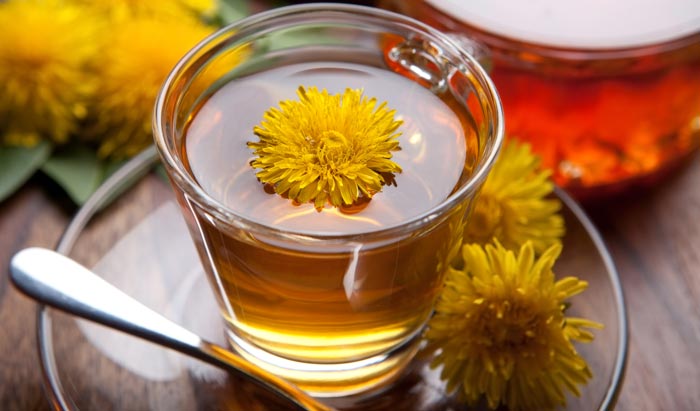
There are a few herbs that can be used as gluten-free substitutes for certain foods. For instance, teff is a fine grain that is gluten-free and can be used as a replacement for some types of grains in your diet. Amaranth is another type of herb that can be used as a source of fiber and protein, which is good for people who might not be getting enough fiber in their gluten-free diet. Amaranth also contains magnesium, phosphorus, and iron, which are all things that a gluten-free diet lacks, making this herb something that you should definitely look at if you have celiac disease. As for starch, arrowroot is a type of starch that comes from a variety of plants and can be used as a replacement flour for a gluten-free diet. Dandelion can help aid digestion and stimulate appetite.
#7 Recommended Fruits for Celiac Disease
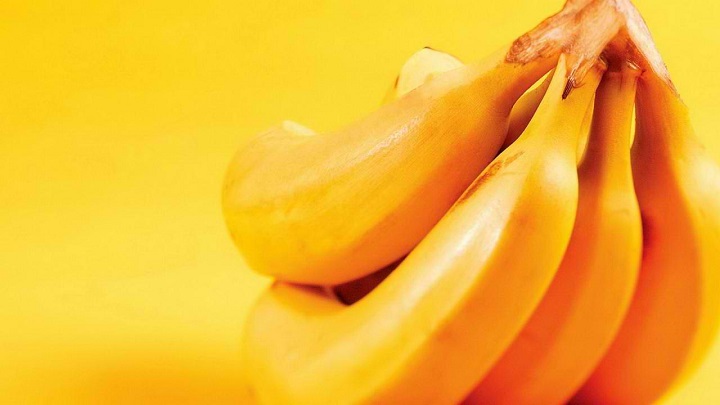
Most fruit is gluten-free, meaning that you can eat just about any fruit that you want. In fact, you should actually increase your general intake of fruit because your diet will be lacking certain nutrients because of the gluten-free diet. Apples, bananas, and strawberries are all rich in fiber, which is something you will definitely need when you are on a gluten-free diet. Dried apricots and kiwi fruits are both fruits that have relatively high amounts of calcium in them, which is something else that you are going to need in a gluten-free diet.
#8 Recommended Vitamin/s for Celiac Disease

There are a few B vitamins that you are going to need to find a source of when you are on a gluten-free diet. Thiamine, riboflavin, niacin, and folate (Vitamins B1, B2, B3, and B9 respectively) are all vitamins that come from most sources with gluten. Aside from supplements, you can get these vitamins in a few gluten-free foods. Vitamin B1 can be found in oranges and eggs; Vitamin B2 comes from asparagus, lentils, beans, and spinach; Vitamin B3 comes from milks and meats; and Vitamin B9 comes from eggs, nuts, and broccoli. If you want, you can also get these vitamins in a complete B-vitamin supplement for added nutrients. People who eat gluten-free tend to have a deficiency in vitamin B6.
#9 Recommended Mineral/s for Celiac Disease
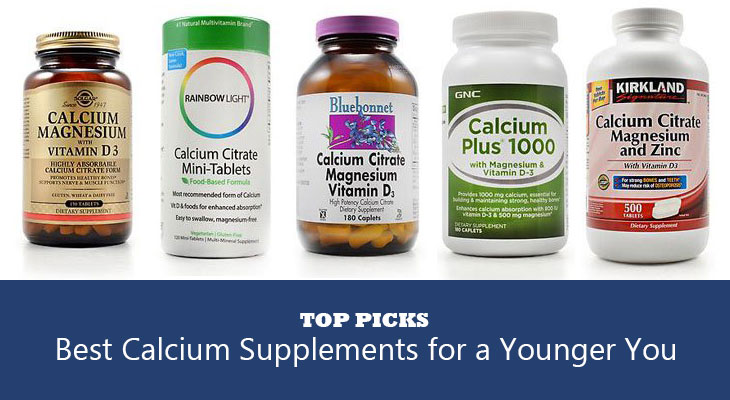
Calcium and iron are the main minerals you will want to pay attention to as they are often found in foods with gluten. Iron helps with your body’s blood and calcium helps with your body’s bones. Some gluten-free sources of iron are leafy green vegetables and dried fruits. Most iron will come from red meats though. For calcium, you are going to want to look at broccoli, kale, cabbage, and turnip greens.
#10 Discouraged Foods for Celiac Disease

Of course, food with gluten is something you need to stay far, far away from. Anything with wheat, barley, rye, triticale (a mix of wheat and rye), and oats is something that you should avoid at all costs. With that being said, oats are naturally gluten-free but are usually made in the same places that handle wheat, barley, and rye. This does mean that there are some gluten-free-labeled oats but even then some people with celiac disease cannot handle them so it is best to avoid them altogether. Processed foods that contain gluten include candy, bread, cake, pie, cereals, and many more. Alcohol and celiac disease is tricky. Depending on just how sensitive your celiac disease is, you might need to be careful with alcoholic drinks. Some wines, depending on the maker, will have enough gluten to trigger the celiac disease. Beers, ales, lagers, and malt beverages are all made with gluten grains and are not distilled, meaning that you need to stay away from those as well.
- READ MORE




